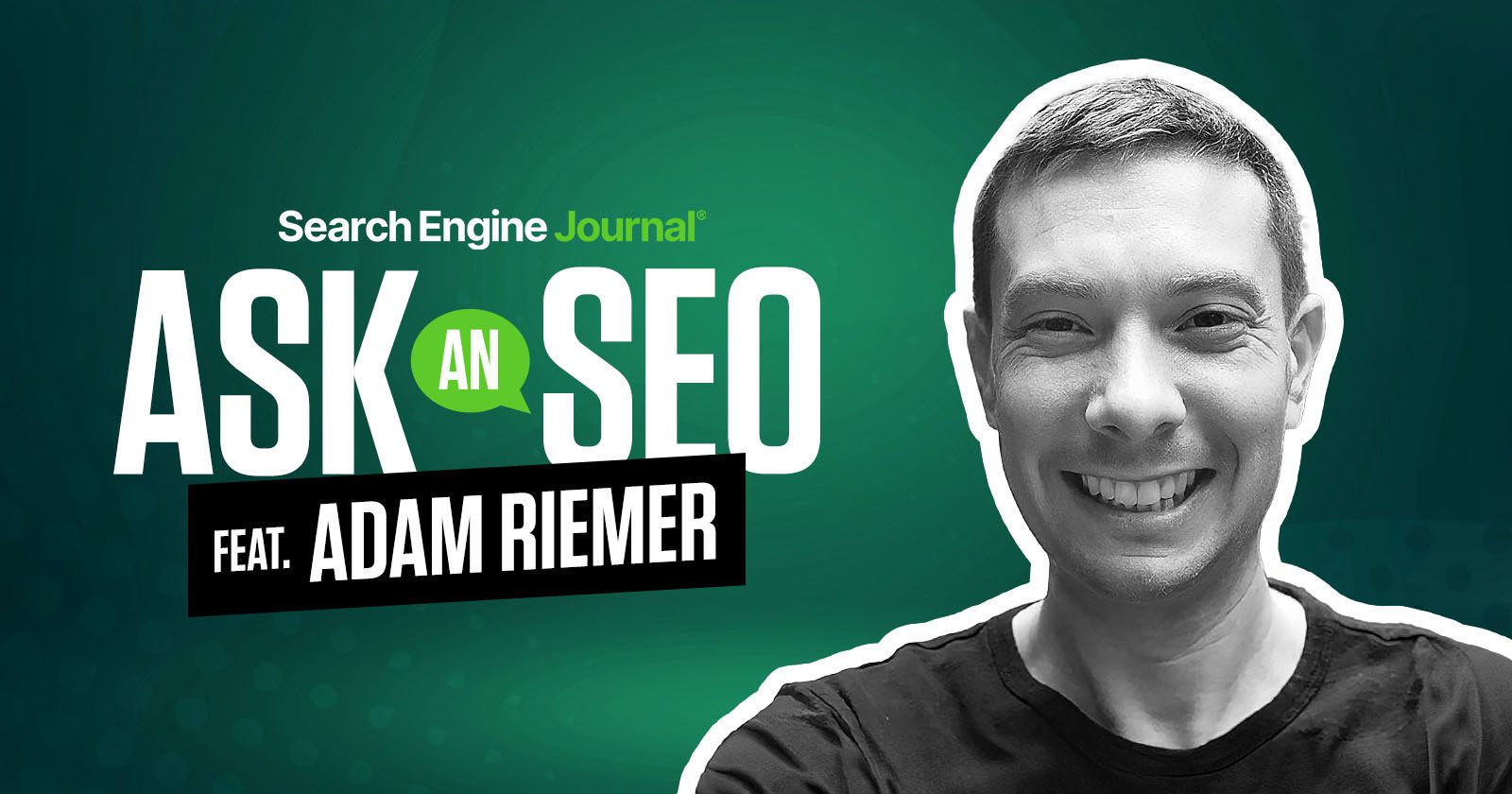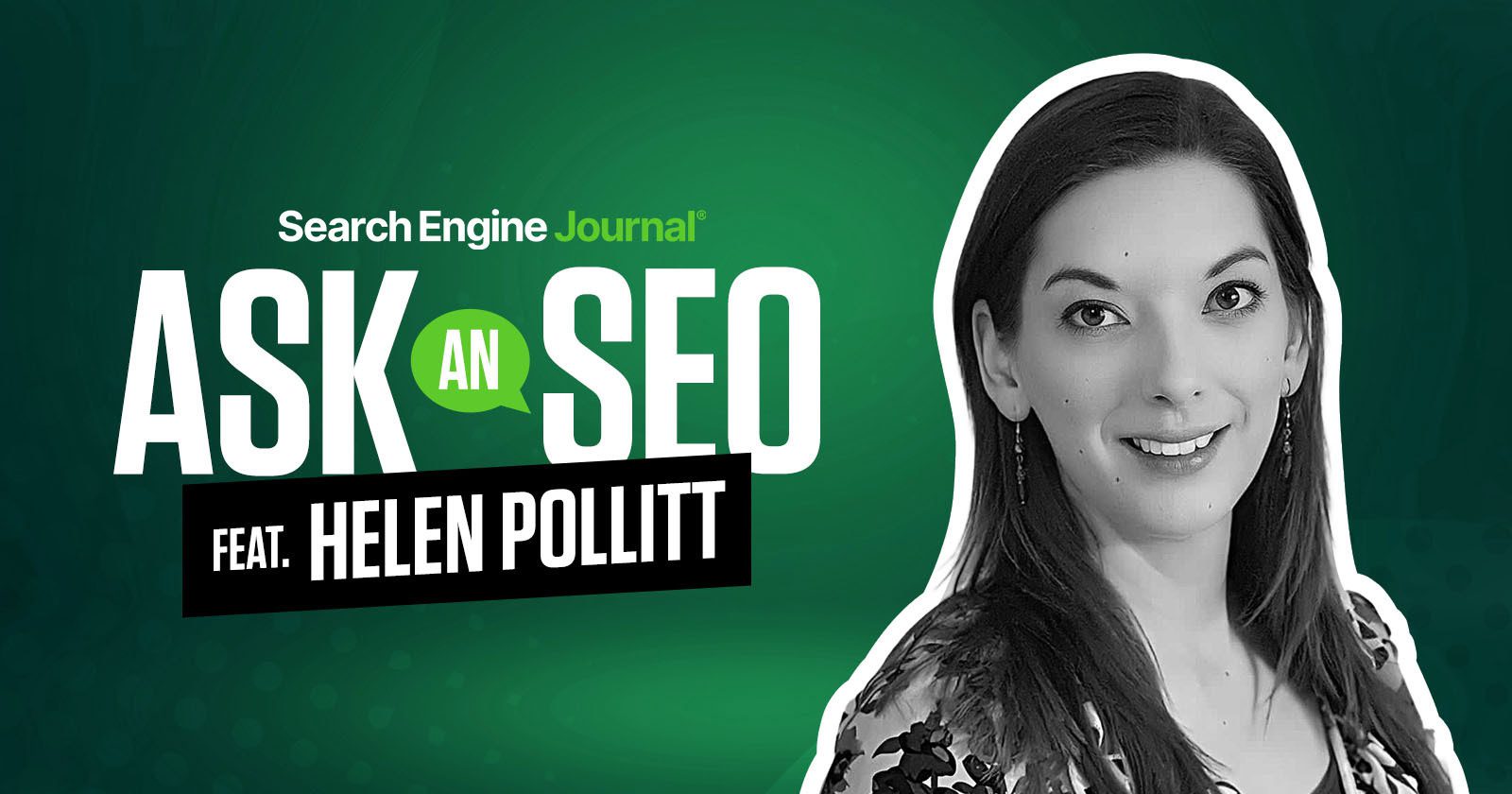Ask An SEO: What Is The Threshold Between Keyword Stuffing & Being Optimized? via @sejournal, @rollerblader

In this week’s Ask An SEO, Bre asks:
“What is the threshold between keyword stuffing and being optimized? Is there a magic rule for how often to use your main keyword and related keywords in a 2,000-word page? Should the main keyword be in the Headers AND the body in the same section?”
Great question!
There is no such thing as “being optimized” when it comes to keywords and repetitions. This is similar to looking at “authority” scores for domains. The optimization scores you get are measurements based on what an SEO tool thinks gives a domain trust, and not the actual search engines or LLM and AI systems. The idea of a keyword needing to be repeated is from an SEO concept called keyword density, which is a result of SEO tools.
Each tool would have a different way to say if you repeated a word or phrase enough for it to be “SEO friendly,” and because people trust the tools, they trust that this is a valid ranking factor or signal for a search engine. It is not because the search engines do not pay attention to how many times a word is on a page or in a paragraph, as that doesn’t produce a good experience.
Panda reduced the effectiveness of low-quality, keyword-stuffed content, and Google’s later advancements, BERT and MUM, allowed better understanding of context, relationships between terms, and the overall structure of a page. Google is now far better at interpreting meaning without relying on repeated exact-match keywords.
With that said, keywords are important.
Keywords help to send a signal to a search engine about the topic of the page. And they can be used in headers, within text, as internal links, within title tags, schema, and the URL structure. But worrying about using the keyword for SEO purposes can lead to trouble. So, let’s define keyword stuffing for the sake of this post.
Keyword stuffing is when you force a keyword or keyword phrase into content, headers, and URLs for the sole purpose of SEO.
By forcing a keyword into a post, or forcing it into headers, you hurt the user experience. Although the search engine will know what you want to rank for, the language won’t feel natural. Instead of worrying about how many times you say the keyword, think about synonyms and other ways to say things that are easy to understand. Many search engines are getting better and better at understanding how topics, words, sentences, and phrases relate to one another. You don’t have to repeat the same words over and over anymore.
If you Google the word “swimsuit,” you’ll likely see it in a couple of title tags, but also see “swimwear.” Now type “bathing suits” in, you’ll likely not see it in a ton of the title tags, but the title tags will say “swimwear” and other synonyms, even though “bathing suits” is a popular name for the same product.
Now try “hairdresser near me,” and you’ll likely not see “hairdresser” in a lot of the results, but you will see “hair salon” and similar types of businesses. This is because search engines produce solutions to problems, and if they understand the page has the solution, you don’t need to keep repeating keywords.
For example, instead of saying “keyword stuffing” in this post, I could say “overusing phrases for SEO.” It means the same thing. Readers on this column will get bored pretty fast if I keep saying keyword stuffing, and by mixing it up, I can keep their interest, and search engines are still able to determine it is one-in-the-same. This also applies to header tags.
I don’t have any solid proof of this, but it seems to work well for our clients and the content we create, and it has worked for more than 10 years. If the main keyword phrase is in the H1 tag, whether it is a menu item or a blog post, we don’t worry about placing it in H2, H3, etc. I won’t be upset if the keyword shows up naturally, as that creates a good UX.
The theory here is that headers carry the theme and topic through the sections below. If the top-level header has the word “blue” in it, I make the assumption that theme “blue” carries through the page and applies to the H2 tag as the H2 is a sub-topic of “blue.” “H2’s” for blue could be “t-shirts” and “shorts.”
If this is true, by having the H1 be “blue” and the H2 be “shorts,” a search engine will know they are “blue shorts,” and I feel very confident users will too. They clicked blue or found a SERP for blue clothing, and they clicked shorts from the menu or found them from scrolling.
If you stuff “blue” into each link and header, it is annoying for the user to see it over and over. But many sites that get penalized will have “blue cargo shorts,” “blue chino shorts,” “blue workout shorts,” etc. It looks nicer to just say the styles of shorts like “cargo” or “chino,” and search engines likely already know they’re blue because you had it in the H tag one level up. You also likely have the “blue” part in breadcrumbs, site structure, product descriptions, etc.
One thing you definitely do not want to do is have a million footer links that match the navigation or are keyword-stuffed. This worked a long time ago, but now it is just spam. It doesn’t benefit the user; it is obvious to search engines you’re doing it for SEO. Sites that stuff keywords tend to use these outdated tactics too, so I want to include it here.
I hope this helps answer your question about overusing specific topics or phrases. Doing this only makes the tool happy; it does not mean you’ll be creating a good UX for users or search engines. If you focus on writing for your consumer and incorporate a keyword or phrase naturally, you’ll likely be rewarded.
More Resources:
Featured Image: Paulo Bobita/Search Engine Journal





